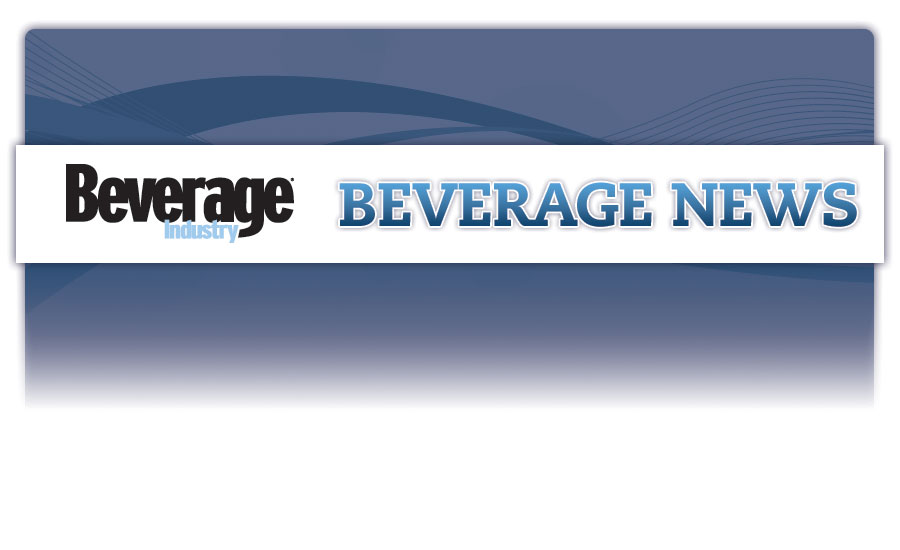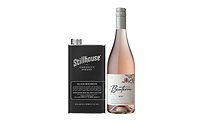New report compares beverage alcohol markets
Nielsen CGA on-premise data highlights growth in spirits, decline in beer

Nielsen CGA, a branch of New York-based Nielsen, released its first fully projected on- premise measure for the U.S. Beverage Alcohol market which takes a side-by-side look at the state of the U.S. Beverage Alcohol market compared with Great Britain, a market in which full measurement has been available for 10 years, the company says. Great Britain is a gateway for United States’ on-premise retailers and drinks businesses into Europe given the similarities between the two regions, according to the market research firm. The insights from this report highlight opportunities both domestically and internationally, it adds.
"This information aims to create a new industry standard by offering brand owners in the U.S. the same comprehensive view of the on-premise marketplace enjoyed by Nielsen CGA's clients in Great Britain," said Jon Collins, president of Nielsen CGA, in a statement. "For beverage alcohol suppliers, distributors and retailers, this enhanced view of the on-premise market will highlight new opportunities, based on projectable data, revealing trends at a category, segment and brand level."
Founded on a methodology refined more than 25 years ago, Nielsen CGA's on-premise data and insight incorporates multiple disparate data feeds, a world-class coding function and a highly sophisticated multi-stage validation process with inputs covering the majority of beer and spirits sold on-premise in the United States, it says.
Nielsen CGA's On Premise Measurement Program not only allows for a comparison to Nielsen's off-premise measurements, but also compares the alcohol beverage markets in the United States and Great Britain. Although the research notes several similarities within the on-premise channel between the two countries, it is the differences that can support the identification of opportunities for both countries, the market research firm says.
The company notes a volume growth in spirits and a decline in beer in both markets. One major contributing factor is the change of the on-premise market itself, as traditionally beer-led venues, such as the U.S. neighborhood bar and British pub, continue to close, the company says. Additionally, the data found a six-fold differential in spirit volumes between the United States and Great Britain, driven by both the larger serving size and more established cocktail culture in the United States, the company says. Within spirits, vodka has the largest volume share in both markets with tequila and rum also performing well, it adds. Other differences in the spirits categories include the fact that the performance of bourbon drives the United States to outperform in whiskey, while gin, is significantly stronger in Great Britain, it says.
As far as craft beer and hard cider is concerned, British craft has a long way to go to match its U.S. counterparts; while hard cider in the United States could see further significant growth if the United Kingdom is any guide, the company adds.
The Nielsen CGA on-premise data for each market breaks down as follows:
Spirits
- U.S. on-premise volume growth is outperforming Great Britain in spirits (3.6 percent vs. 1.3 percent) with a slightly poorer trend in beer (-3.8 percent vs. -3.1 percent).
-
The United States’ reputation as a strong spirits market is borne out in both trend and quantum. For example:
- In the United States, total spirits volumes are more than six times those of Great Britain in a market that is 2.5 times the size in terms of number of outlets (233,000 vs. 120,000 outlets) with 4.6 times the legal-drinking-aged population
- The gap in spirits volumes is, in part, due to American generosity over British reserve as the typical serve in the United States (1.5 ounces) is almost double the size of its Great Britain counterpart (0.85 ounces).
- Vodka is the No. 1 spirits category across both markets with 29 percent share in the U.S. market and 33 percent in Great Britain.
- Whisky/whiskey in the United States’ share of spirits is far higher than Great Britain (26 percent vs. 17 percent), with growth of 4.8 percent in United States versus -1.1 percent decline in Great Britain.
- Tequila has five times the share of spirits in United States (11 percent) compared to Great Britain (2 percent), although strong growth rates exist in both markets (9.9 percent in the United States vs. 8 percent in Great Britain)
- Gin, and particularly premium gin, continues to grow in Great Britain at 13.6 percent compared with the United States where gin is declining 2.2 percent.
- Rum has a similar share of spirits in United States (12 percent) and Great Britain (10 percent) and demonstrates growth in both countries, although growth is slower in the United States than in Great Britain (2.4 percent vs. 6 percent, respectively)
- Further opportunities might exist in the United States for large British categories have yet to achieve full potential with American consumers.
Beer
- Both the United States and Great Britain are seeing long-term declines in the number of beer-led premises, such as the neighborhood bar and local pub, and this is one factor behind the beer struggles in both markets (United States is down 3.8 percent; Great Britain is down 3.1 percent).
- Britain's love of beer means that, despite the United States’ on-premise drawing on 4.6 times the legal drinking-age population, Great Britain consumers drink one beer for every two consumed in the United States.
-
Craft and hard cider markets present opportunities for producers to learn and potentially export.
- A more mature U.S. craft segment has a greater share (31 percent) but slower growth (1 percent) suggesting an opportunity to export into a U.K. market hungry for innovation.
- Great Britain's craft category looks to be a few years behind its U.S. counterpart, demonstrating significant growth (40 percent), but with just 4 percent share of the beer category.
-
Conversely, the Great Britain’s figures would suggest there is headroom for hard cider in the U.S. on-premise market.
- Great Britain’s hard cider has 12.3 percent share of its beer and hard cider market and is growing at 0.9 percent.
-
U.S. hard cider has 1.8 percent share of its beer and hard cider market and is growing at 5.4 percent.
Looking for a reprint of this article?
From high-res PDFs to custom plaques, order your copy today!




